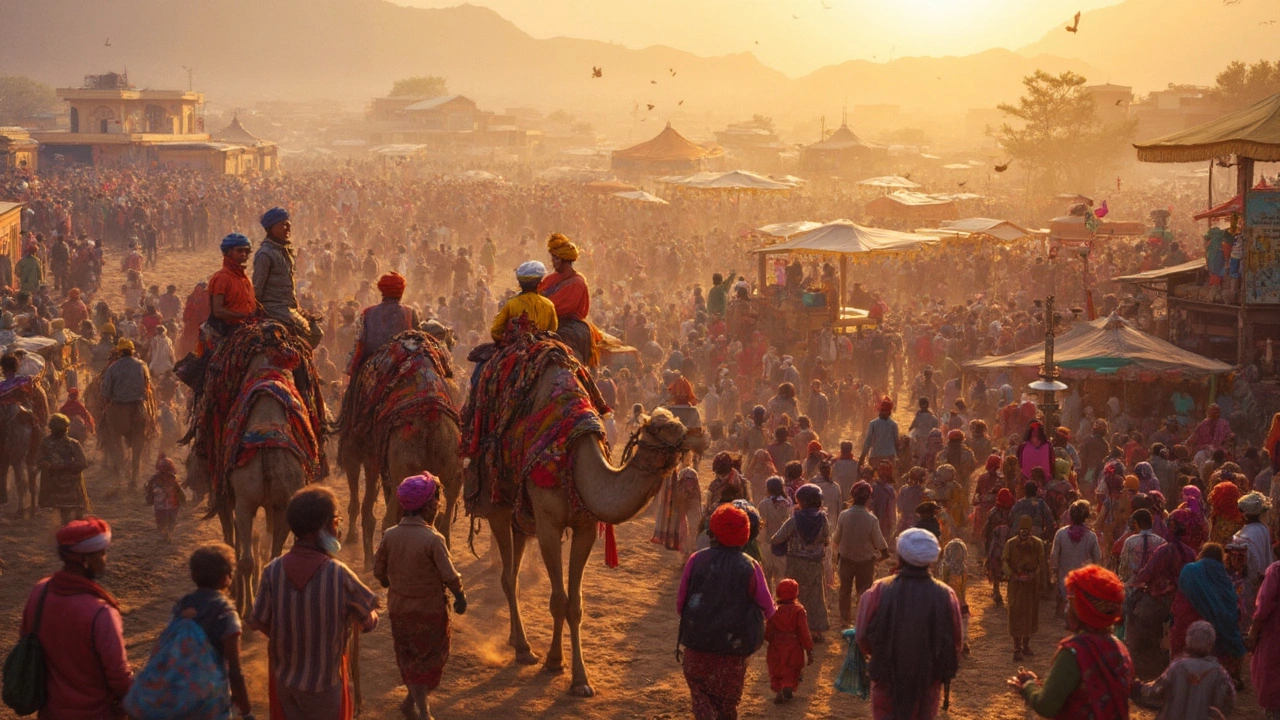SEARCH
Historical Places in India – Your Quick Travel Guide
India reads like a giant history book, and every chapter has a spot you can actually walk into. From marble wonders in the north to stone forts down south, the country packs a punch of sites that feel alive, not just old. If you’re wondering where to start, you’re in the right place – I’ll break down the biggest must‑visits, practical tips, and a simple way to plan your itinerary.
Why Visit Historical Places?
First off, history isn’t just dates on a wall. It’s the story of people, wars, art, and everyday life that shaped the world we live in today. Walking through a place like Jaipur’s Amber Fort or the ruins of Hampi lets you feel that story in stone, air, and even the taste of local snacks sold nearby. Plus, many of these spots are UNESCO World Heritage sites, which means they’re recognized for their universal value and usually have better visitor facilities.
Top Picks and How to Plan Your Trip
1. Golden Triangle (Delhi, Agra, Jaipur) – This classic loop covers the Taj Mahal, the red‑sandstone forts of Rajasthan, and bustling Delhi markets. The best time is October to March, when the weather is cool enough for long walks. Grab a rail pass for comfort and save on transport.
2. UNESCO Heritage Cities – Think of places like Khajuraho, Varanasi, and Mysore. Each city offers a cluster of monuments, so you can see several landmarks in one stay. Look for city‑center hotels to cut down on travel time.
3. South Indian Forts – Hampi’s stone ruins, the massive Golconda Fort near Hyderabad, and the beautifully preserved Mysore Palace are all reachable by train or budget flights. The dry months (November‑February) give clear skies for sunrise shots.
4. Lesser‑Known Gems – If crowds aren’t your thing, check out Mahabalipuram’s rock‑cut temples or the hill forts of Rajasthan like Chittorgarh. These spots often have fewer tourists but equally stunning architecture.
When planning, start with a rough budget: a night in a mid‑range hotel averages ₹2,000‑₹4,000, meals cost ₹300‑₹600, and entry fees range from free to ₹500. Use local transport apps for cheap auto‑rickshaws or shared cabs. Pack light, wear comfortable shoes, and always carry a water bottle – many sites have drinking water stations.
To make the most of each place, arrive early (most monuments open at 9 am). Early hours mean fewer crowds and cooler temperatures, especially in the summer months. Don’t forget to check if a site has a night‑time sound‑and‑light show; those are often the highlight of a visit.
Finally, respect local customs. Some temples require you to remove shoes or cover shoulders. A small tip – bring a scarf or a quick‑dry towel that you can use as a cover. It’s a simple gesture that keeps you welcome and lets you focus on the awe‑inspiring architecture.
So, whether you have a week or just a long weekend, India’s historical places are ready to give you a dose of adventure, culture, and unforgettable photos. Start with one region, follow the tips above, and you’ll come back with stories that feel like they belong in a travel diary, not just a brochure.

Cultural Tourism in India: Real-World Examples Everyone Should Experience
India is packed with opportunities for cultural tourism, from wild festival scenes and ancient temples to food adventures that make your mouth water. This article breaks down real-life ways travelers get close to local traditions in India—no travel brochure talk, just the real deal. Expect specific events, places, and hands-on activities that show off India’s living culture. You’ll pick up practical tips for actually experiencing these things yourself. Get ready to see India beyond the usual postcard spots.
Continue reading